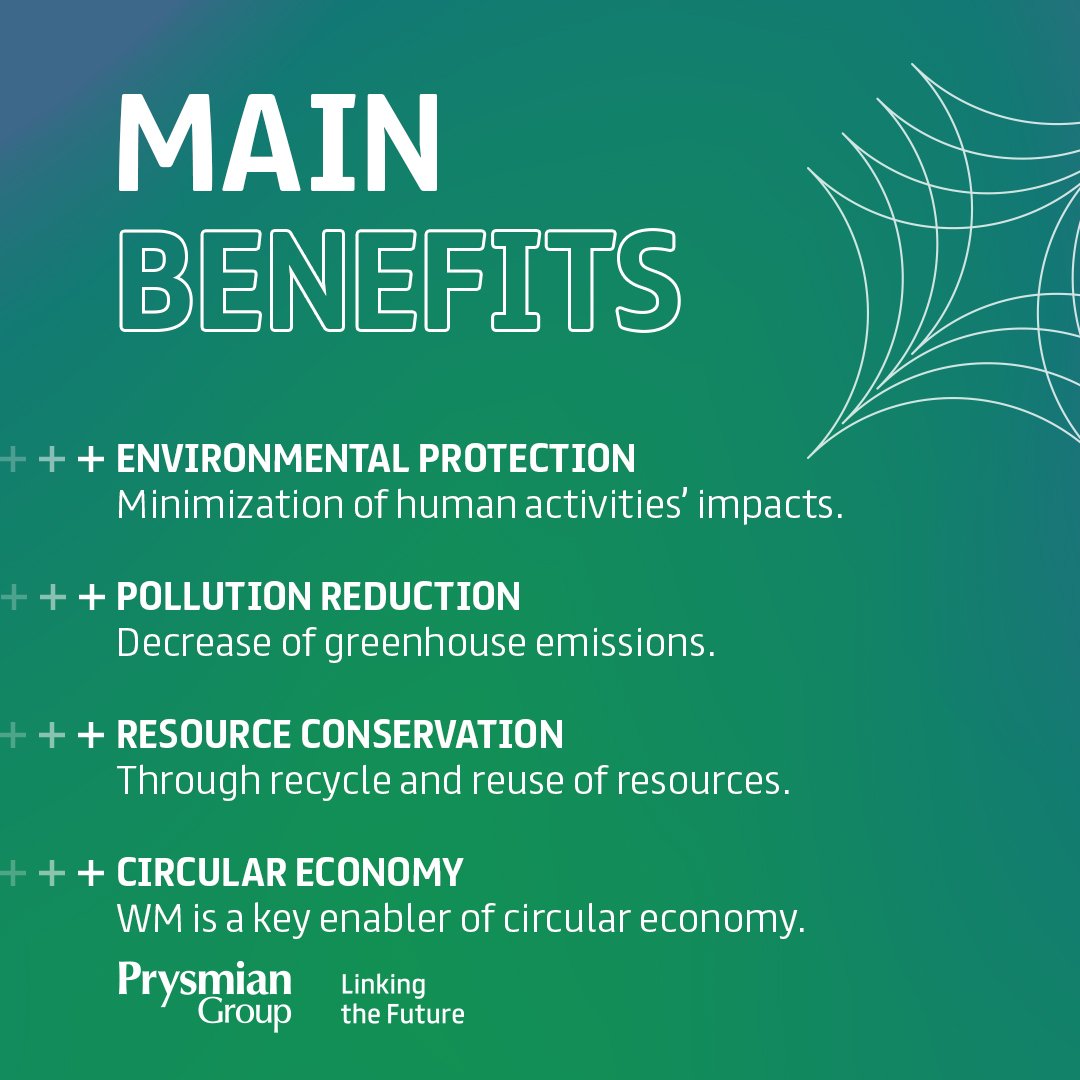The Ultimate Guide To Reclaim Waste
The Ultimate Guide To Reclaim Waste
Blog Article
The Of Reclaim Waste
Table of ContentsThe 5-Minute Rule for Reclaim WasteUnknown Facts About Reclaim Waste3 Simple Techniques For Reclaim WasteAbout Reclaim WasteThe smart Trick of Reclaim Waste That Nobody is Talking About
Residential sewer waste refers to the waste and items from a domestic septic container. The correct administration and disposal of domestic sewer waste need fluid waste to be transferred to a sewer therapy plant where the appropriate methods and devices are used to detoxify and dispose of waste.
Industrial waste typically consists of possible hazards, such as combustible materials or a combination of liquid and strong waste products, and requires a more advanced and detailed disposal process. The disposal of commercial waste usually includes the purification of waste prior to transportation to make sure secure and appropriate disposal. Industrial waste is produced from results and overflow of industrial procedures and production.
This type of waste can not use the very same sewage monitoring transport or processes as septic or industrial liquids. The commercial waste monitoring procedure requires the assessment and testing of fluid waste before it undertakes the disposal process (liquid waste removal melbourne). Overflow waste is the fluid waste that originates from overflow and excess stormwater in very populated locations or cities
Runoff waste can trigger contamination and flooding otherwise handled effectively. Find out more about sewer cleaning and waste management. Making certain appropriate waste administration can protect against disasters and reduce ecological damage. Both people in domestic setups and experts in industrial or production industries can profit from understanding the procedures and guidelines of fluid waste administration.
The Buzz on Reclaim Waste
Get in touch with PROS Providers today to learn more about our waste administration and disposal solutions and the appropriate ways to care for the liquid waste you produce.
(https://hearthis.at/leon-aube/set/reclaim-waste/)This supposed 'wastewater' is not only an essential source but, after therapy, will be released to our land, rivers or the ocean. Made use of water from toilets, showers, baths, cooking area sinks, washings and commercial procedures is understood as wastewater.

water made use of to cool down equipment or tidy plant and devices). Stormwater, a type of wastewater, is overflow that streams from farming and metropolitan locations such as roofing systems, parks, yards, roads, courses and rain gutters right into stormwater drains pipes, after rain. Stormwater streams untreated directly to neighborhood creeks or rivers, ultimately getting to the sea.
The Best Guide To Reclaim Waste
In Queensland, most wastewater is dealt with at sewage treatment plants. Wastewater is moved from domestic or commercial websites with a system of sewers and pump stations, referred to as sewage reticulation, to a sewer treatment plant. City governments construct, keep and run most sewer therapy plants. Operators are certified under the Environmental Protection Act 1994 to release cured wastewater at an appropriate environmental criterion right into rivers.
The Department of Natural Resources advises regional governments regarding handling, operating and maintaining sewerage systems and treatment plants. In unsewered areas, regional federal governments may need householders to set up specific or home sewer therapy systems to treat domestic wastewater from bathrooms, kitchen areas, restrooms and laundries. The Department of Natural Resources authorises making use of family systems when they are shown to be efficient.
A lot of stormwater gets no therapy. In some brand-new subdivisions, therapy of some stormwater to get rid of litter, sand and gravel has begun utilizing gross contaminant traps. Wastewater treatment occurs in 4 phases: Gets rid of solid issue. Larger solids, such as plastics and other things incorrectly released to sewage systems, are removed when wastewater is gone through screens.
Wastewater after that streams right into huge containers where solids clear up and are eliminated as sludge. Oil and scum are skimmed from the surface area. Makes use of little living microorganisms called micro-organisms to damage down and get rid of remaining dissolved wastes and fine bits. Micro-organisms and wastes are included in the sludge. Eliminates nitrogen and phosphorus nutrients that could cause algal flowers in our rivers and endanger aquatic life.
The smart Trick of Reclaim Waste That Nobody is Discussing
Nutrient removal is not offered at all sewage treatment plants since it calls for expensive specialized devices. Clear liquid effluent created after therapy may still have disease-causing micro-organisms - liquid waste removal melbourne.

The majority of wastewater streams into the sewerage system. Under the Act, local governments carry out approvals and permits for eco pertinent activities (ERAs) including wastewater releases that may have a neighborhood effect.
The 25-Second Trick For Reclaim Waste
Or else, examples are considered lab evaluation. Typically many examinations are needed to develop the levels of each of the various pollutants such as oils, hefty metals and pesticides in water. Monitoring offers factual details about water quality and can validate that permit problems are being met. The info obtained with monitoring provides the basis for making water anonymous quality choices.
Report this page